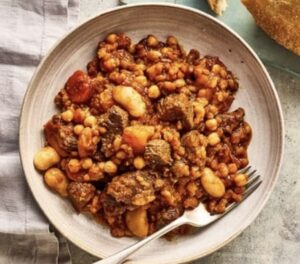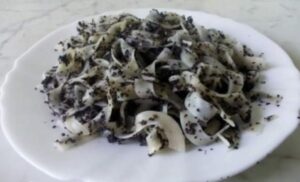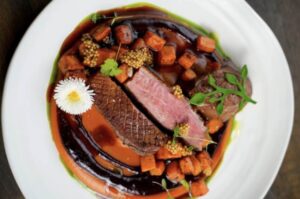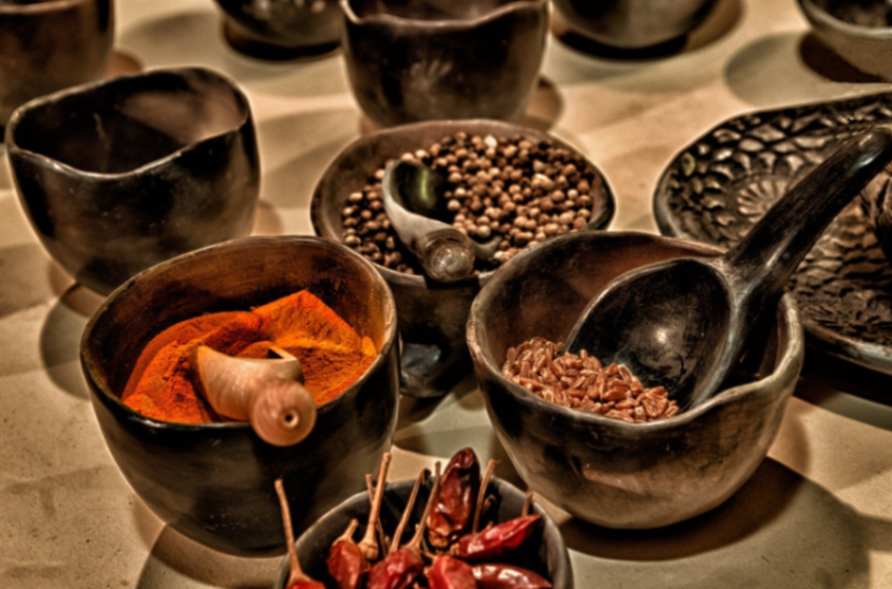How other cultures influenced Hungarian cuisine? Hungarian food is a mix of different tastes and customs that have been molded by many factors over time. Located in Central Europe, Hungary has been a meeting point for various groups of people, each adding their own special ingredients, cooking methods, and food traditions.
Historical Context
Hungary’s geographical location in Central Europe has made it a melting pot of cultures. Throughout history, the country has experienced invasions, migrations, and trade, each bringing new culinary elements. The Magyars settled in the Carpathian Basin in the 9th century, and their food culture was soon enriched by interactions with various peoples, including the Turks, Austrians, Slovaks, and Serbs.

Map of 15th-century Europe
Ottoman Influence
One of the most significant influences on Hungarian cuisine came from the Ottoman Empire during the 16th and 17th centuries. The Turks introduced ingredients like paprika, which has become a staple in Hungarian cooking. Paprika adds both flavor and color to dishes, elevating them to a new level.
In addition to paprika, the Ottomans brought various cooking techniques. The use of skewers and grilling became popular during this period. Dishes that involve slow cooking, such as stews, were also influenced by this culinary exchange. The emphasis on spices and herbs was heightened, leading to a more complex flavor profile in Hungarian dishes.
Austrian Influence
The Habsburg Empire, which ruled Hungary from the late 17th century until World War I, also left a lasting impact on Hungarian cuisine. The relationship between the two cultures led to a blend of culinary traditions. Austrian pastries, for example, made their way into Hungarian baking. Desserts like strudel and various cream cakes became popular in Hungary, showcasing the delicate pastry techniques of the Austrians.

New York Cafe – grandest of all Budapest cafés
Moreover, the concept of café culture, which is prevalent in Vienna, gained traction in Hungary. Cafés became social hubs, where people enjoyed not only coffee but also a range of baked goods. The Viennese influence is still evident in contemporary Hungarian patisseries.
Jewish Influence
Hungary has a rich Jewish heritage, and Jewish cuisine has played a big role in shaping Hungarian food. Jewish settlers brought distinct culinary practices and ingredients. For example, using kosher salt and certain cooking methods enriched Hungarian kitchens.
Traditional Jewish dishes, such as gefilte fish and cholent, have been adapted into Hungarian cuisine. Moreover, the concept of pickling vegetables, which is common in Jewish culinary traditions, became a staple in Hungary. This technique allowed for the preservation of seasonal produce and added a tangy flavor to various dishes.

Cholent, a traditional Jewish dish
Slavic Influence
Hungary shares borders with several Slavic countries, and this proximity has fostered culinary exchanges. Slovakian and Serbian cuisines have influenced Hungarian food through shared ingredients and preparations. For instance, the use of potatoes and cabbage is common across these cultures.
Additionally, hearty soups and stews are staples in both Slovak and Serbian cuisines, and they have found their way into Hungarian households. The practice of fermenting vegetables, particularly cabbage, to make sauerkraut has also been embraced in Hungary, showcasing the interconnectedness of Slavic and Hungarian culinary traditions.
Italian Influence
Italian cuisine has also made its mark on Hungarian food, particularly through the introduction of pasta. While Hungary has its unique version of dumplings, the concept of pasta dishes gained popularity during the Renaissance. Makos teszta—sweet Hungarian pasta—is a typical example of how other cultures influenced Hungarian cuisine.

Makos teszta – sweet Hungarian pasta
Italian trade routes established connections that allowed for the exchange of ingredients like tomatoes, which are now integral to various Hungarian sauces. Moreover, the influence of Italian herbs, such as basil and oregano, can be seen in contemporary Hungarian cooking. These ingredients have been incorporated into modern recipes, adding fresh flavors to traditional dishes.
French Influence
The influence of French cuisine on Hungarian food is particularly notable in the realm of fine dining and pastry making. In the 18th and 19th centuries, the French culinary tradition began to seep into Hungarian kitchens, especially among the aristocracy. French techniques and presentation styles were adopted, elevating Hungarian dishes to a more sophisticated level.
The art of pastry-making saw significant improvements through French influence. Desserts became more refined, with delicate pastries, creams, and mousses becoming popular. Today, many Hungarian bakeries showcase a delightful array of French-inspired pastries alongside traditional offerings.
The Role of Globalization
In recent decades, globalization has further transformed Hungarian cuisine. As travel and communication have become more accessible, international culinary trends have emerged in Hungary. Ingredients and dishes from around the world are now readily available, leading to a fusion of flavors.

Adopting modern trends-Hungarian cuisine today
Hungarian cuisine is a dynamic reflection of the country’s rich history and diverse cultural influences. From the Ottoman Empire to the Austro-Hungarian Empire, and from Jewish communities to Slavic neighbors, each culture has contributed to the evolution of Hungarian food.
The blending of flavors, techniques, and ingredients has created a unique culinary identity that continues to evolve: that is how other cultures influenced Hungarian cuisine. As globalization brings new influences, Hungarian food remains a vibrant and ever-changing landscape, inviting exploration and appreciation. Whether through traditional dishes or modern interpretations, the story of Hungarian cuisine is one of collaboration and creativity, showcasing the beauty of culinary diversity.


0 Comments